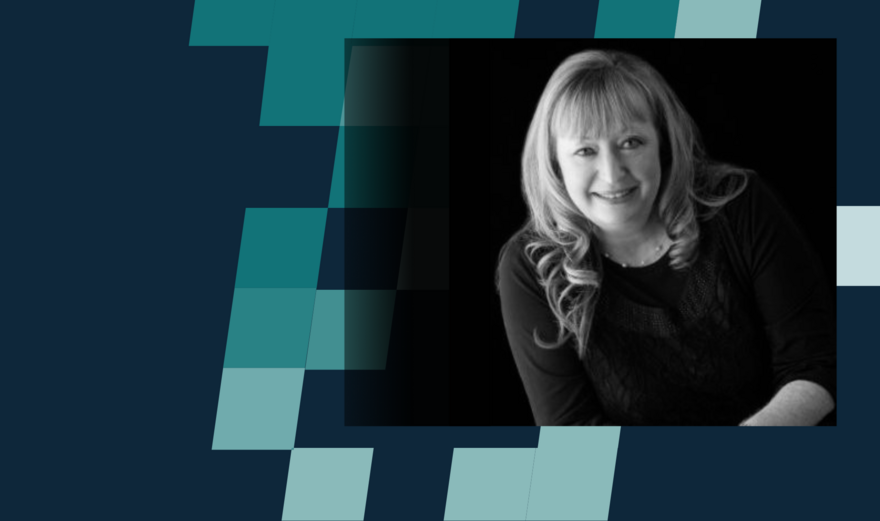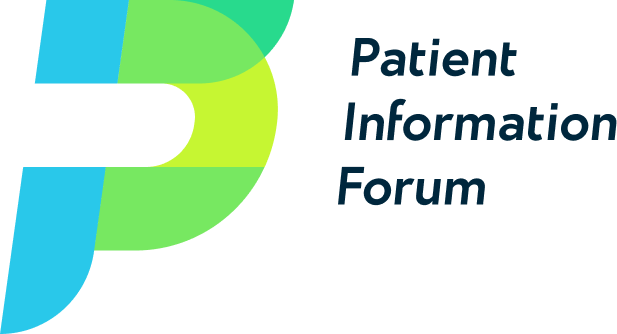
Blog: How remote patient monitoring is transforming patient recovery
Remote patient monitoring (RPM) is reshaping the healthcare world by making it easy for healthcare professionals to monitor patients' vital signs, even when they're not in the hospital. A 2023 JAMA Network Open study found RPM programs reduced hospital readmissions by 38% among cardiac patients. In 2024, the NHS allocated £150 million to expand remote patient monitoring, with £36 million dedicated to virtual wards and remote clinical oversight.
Expanding access to care in Australia
RPM resolves health inequalities by removing transportation barriers for most rural communities and people with mobility issues. Real-time data allows healthcare professionals to create individualised therapy changes without needing in-person visits. This access helps deliver good healthcare to historically underserved populations, addressing long-standing disparities in care.
RPM technologies are breaking down geographical and socioeconomic barriers to healthcare access. For older patients and those who have trouble moving around, RPM lets them get ongoing care from home, making it easier for them to stay healthy. Indigenous communities also benefit from culturally based RPM programs that respect traditional practices while delivering modern medical monitoring.
Urban residents with low income, who often manage multiple jobs with rigid schedules, can now get remote healthcare during work hours. Many RPM platforms work with pre-existing smartphones or with basic cellular-connected devices, removing the need for broadband that would otherwise lead to digital divides. With RPM, healthcare can be extended beyond traditional facilities through medical based monitoring, medical intervention and quality evaluation.
Tailored health information and support
The advantages of remote patient monitoring are enhanced by tailored health information and support. Real-time updates can also allow care teams to support effective behaviour change. Custom educational materials help with specific health issues, like managing chronic pain or adjusting exercise after surgery. For patients with different types of incontinence, tailored guidance combines hydration schedules, pelvic floor exercises and discrete monitoring tools to improve quality of life.
Real-time notifications are used for informing care teams of departures from recovery standards, allowing for prompt modifications to treatment procedures. Behavioural data supports strategies, making sure educational materials match patients' preferences and understanding.
Interactive platforms offer short lessons on nutrition, wound care, or stress management when patients are most ready to learn. To develop adaptive care programs, care teams combine clinical experience with the report of continuous data sources.
Patients become more involved with personalised information, changing care from passive to a shared healing experience that adapts to their changing health and social needs.
Addressing health inequalities in patient recovery
Remote patient monitoring reduces healthcare disparities by customising medical information and interventions for underserved populations. This provides tailored health insights to groups and racial minorities who face systemic barriers.
Language-adaptive interfaces remove communication obstacles for people with no or limited English, while culturally responsive dashboards present health data in contextually meaningful ways. For patients with low health literacy, simple visual tools turn complicated medical information into easy-to-understand insights that help them make informed choices.
Remote tracking tools spot warning signs early in patients' recovery, enabling timely action to prevent serious complications that often impact disadvantaged communities more severely. Care teams receive alerts about medication non-adherence, enabling timely outreach to address financial or logistical barriers.
In coordination with clinical metrics, providers track social determinants of health to develop support resources for nutrition counselling, fitness observation and transportation assistance. Community health workers use remote monitoring data to connect with patients in ways that respect their culture while reinforcing recovery plans.
This technology-enabled approach shifts from reactive to preventive care models, avoiding costly emergency interventions that perpetuate economic disparities. Because of the adaptability of remote monitoring, recovery plans may be adapted to varied work schedules, family obligations and resource limitation of each patient.
By using these approaches, remote monitoring may lead to real changes in recovery results that may affect the conceptual health equity objectives across different demographic groups.
Best practices for equitable implementation
RPM implementation requires intentional strategy from the onset. Healthcare organisations should do a community needs assessment before deploying members, it allows them to identify technological literacy gaps and connectivity challenges in the target population.
Device selection should prioritise simple interfaces with minimal technical requirements. A 2023 study from Health Affairs showed that RPM programs with simple one-button devices had 63% more ongoing use among older adults compared to more complicated systems.
Co-production approaches – involving patients as design partners not just recipients – improve adoption rates. Healthcare providers should form patient advisory councils that represent diverse socioeconomic backgrounds, abilities and cultural perspectives.
Multilingual support extends beyond mere translation to culturally appropriate health messaging that acknowledges diverse health beliefs and practices. Technical support should have multiple contact channels, including phone number options for those who don’t use the Internet.
Training for patients should use methods where they show how to use the device while the provider checks their understanding. For communities with low digital literacy, intergenerational teaching models can use tech-savvy family members as support resources.
Data dashboards must present information at appropriate literacy levels with visual representations that transcend language barriers. Regular equity audits should look at utilisation patterns across demographic groups and quickly identify and address emerging tech disparities.
A more inclusive future of care with remote patient monitoring
Remote patient monitoring is a game changing way to deliver care that improves clinical outcomes and closes equity gaps. By extending care beyond the traditional settings, RPM creates recovery pathways for all patients regardless of race, education levels, and socioeconomic status.
The personalised insights from continuous monitoring enable precise interventions that respect individual needs and circumstances. As technology costs decrease and policy support increases, healthcare organisations have an unprecedented opportunity to deploy these tools in service of health equity.
The future of remote patient monitoring depends on meaningful implementation that prioritises underserved communities. Healthcare companies can build systems where recovery support is a right for everyone.
Author bio
Lesley Barton is the national clinical and training manager at Bunzl & AMHC, with over 40 years of healthcare experience. A registered nurse, midwife, and continence nurse specialist, she transitioned into healthcare sales and management, leading education in continence, wound care, and medical consumables.
She serves as a board director at the Continence Foundation of Australia and founded the Clinical Care Connections (CCC) program, playing a key role in developing Atlas McNeil Healthcare’s education and training initiatives to support best practices in clinical care.
